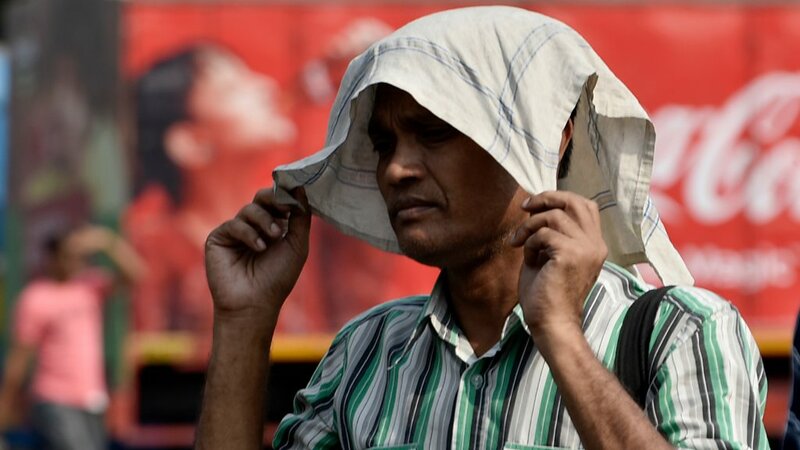Tens of millions of people in central and northern India are sweltering in temperatures of well over 40 degrees celsius (nearly 110 degrees fahrenheit) and those look set to rise. Extreme heat is not unusual in India but it has come unusually early in the year. In addition, last month was the hottest March for more than 100 years. It's posing a risk to people's health, to crops and to infrastructure as demand for air conditioning causes blackouts.
Anumita Roychowdhury is Executive Director at the Centre for Science and Environment in Delhi, India. She says that the concern is that this is not a freak heatwave, but that this kind of heat is now a trend, with periods of extreme temperatures coming more frequently and intensely. In the short term, she says some governments are providing more shade and drinking water, and limiting the amount of work people do outdoors. In the long term, she says adaptation plans will need to focus on different ways to build cities - including heat-trapping concrete, more reflective surfaces and the introduction of vertical greening on buildings.



 India
India Climate Change
Climate Change Science
Science Environment
Environment


